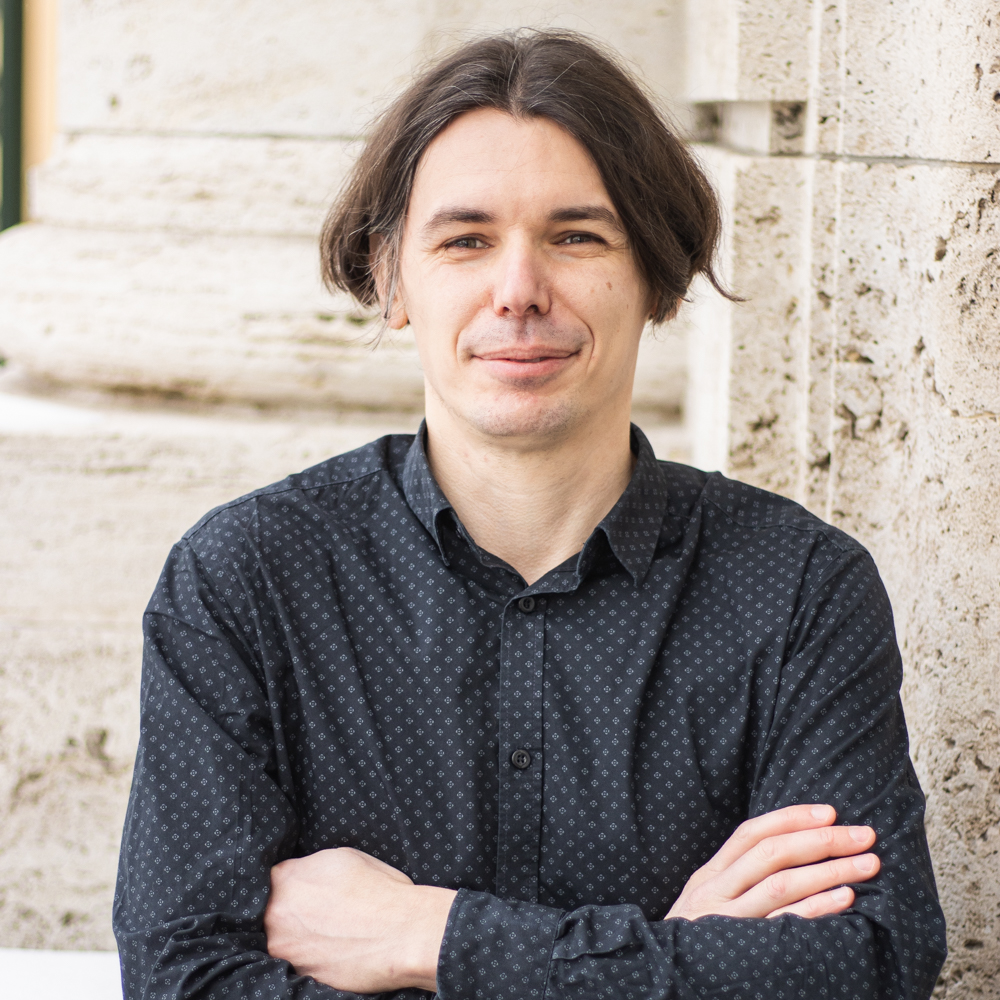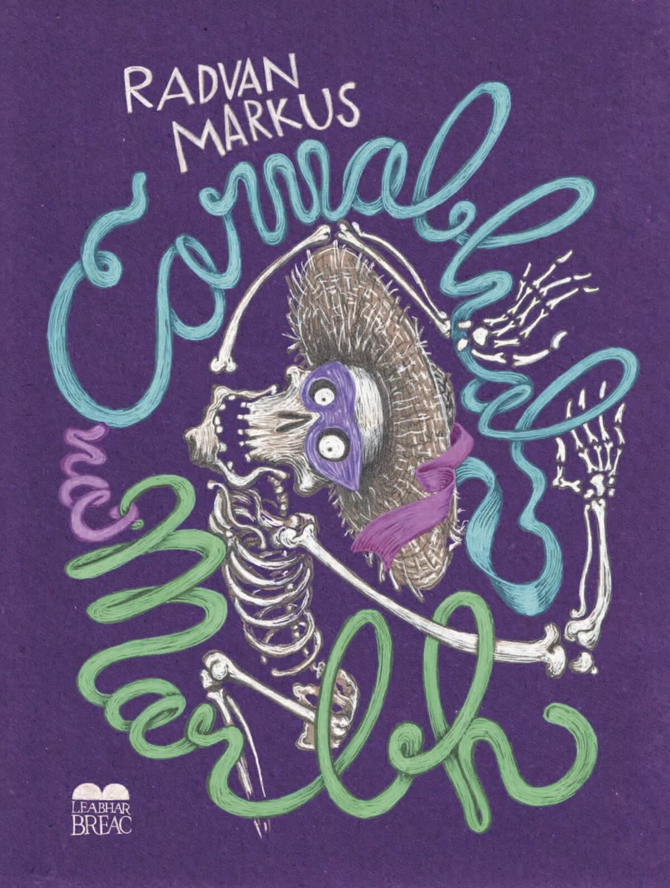The publication Carnabhal na Marbh was written by an academic from the Centre for Irish Studies, the Department of Anglophone Literatures and Cultures CU FA, which discusses the novel Cré na Cille (Graveyard Clay) by Máirtín Ó Cadhain in the context of the period when translations of the novel started to circulate outside of Ireland. The monograph assesses its place in the canon of world literature.
The study Carnabhal na Marbh (Leabhar Breac), which can be translated into English as “Carnival of the Dead” draws from various theoretical approaches. “Ó Cadhain’s novel is exceptional for its content. In addition to its two basic storylines, it attempts to encyclopaedically capture life in the author’s home region and throughout Ireland – with overlaps into the wider world – during the Second World War,” describes Dr Markus the book in question. “At the same time, it contains a large number of references to Irish folklore and literary tradition, the knowledge of which is not necessary to understand the plot but opens up some unexpected dimensions.”
Among other things, the monograph also examines the form of the novel: “The entire text consists of unmarked direct speech of about ninety characters buried in a Connemara cemetery. From the alternating speeches, the reader pieces together – as if from fragments – a multitude of stories that are by no means all concerned with the book’s main character. The speeches are arranged so that they in various ways resemble musical structures, whether it is the repetition and variation familiar in Irish traditional music or the polyphony and orchestration inherent in European music,” says Dr Markus.
The book also explores the connections between Ó Cadhain and other Irish Modernists such as James Joyce, Flann O’Brien, and Samuel Beckett. However, Ó Cadhain’s work is also idiosyncratic. It differs in many ways from the general idea of modernism, be it the rural setting or the fact that it is written in a minority language: Irish.

An essential aspect of the book is the carnivalesque: “In the book, the dead behave as if they were at some constant carnival – the lower-class people are not afraid to scold the higher-class ones from the bottom of their hearts. In direct speech, they mix “high” and “low” linguistic devices; they make fun of everything dignified. The title refers to the notion of the carnivalesque, as developed by Russian theorist Mikhail Bakhtin, which is one of the basic theoretical concepts used in the monograph,” explains the author.
Dr Markus’s translation of Máirtín Ó Cadhain’s Cré na Cille into Czech (Hřbitovní hlína) received the prestigious Czech award Magnesia Litera in 2018. In addition, he translated the novella An Eochair (Klíč) by the same author in 2021.








